2010 was a year of highlights here at 4DK, and certainly the lowest was Jungle Adventure Month. Over the course of that harrowing thirty days of wrestling rabid chimps and swatting at tsi tsi flies, I checked in with versions of Tarzan from corners of the world as far flung as Israel, Mexico, Egypt, and India –- two in the latter case: one chaste and one nasty!
Of course, as much as I may have hoped otherwise, I knew that I was not done surveying the various international incarnations of the famed ape man. After all, how could any national cinema lay claim to legitimacy without its own version of Tarzan? That’s like not having your own James Bond, or Superman, or… or Darna.
Fortunately, my latest stop on the Tarzan tour takes me to Indonesia, so at least we’re guaranteed a lot of action and gore, and hopefully some Southeast Asian mysticism realized by way of lots of gooey practical effects. So let’s go!
1989’s Tarzan Raja Rimba looks even more promising for the fact that it stars the great Barry Prima, and was helmed by the director of the riotous Virgins From Hell, Ackyl Anwari. This was the first of two turns by Prima in the Tarzan role, the second being in the following year’s Tarzan Penunggu Harta Karun directed by M. Agnar Romli.
In the grand tradition of Tarzan films, Tarzan Raja Rimba shows our hero coming up against destructive forces from the civilized world, in this case a corrupt logging crew that is chainsaw-ing its way through the Indonesian rainforest like there’s no tomorrow. Of course, while this is a Tarzan film in name, it is, more importantly, a Barry Prima film, and so we get a version of Tarzan who gorily kung fus people to death. Yay! Tarzan’s favorite method of dispatch is to toss an opponent onto a convenient bamboo spike or pointy tree limb, but the logging aspect of the story also provides a generous supply of nasty hardware to further the carnage, including a band saw which Tarzan tests against the villain’s neck during the climactic fight.
Much like the many Indian takes on the Tarzan story, Tarzan Raja Rimba puts an emphasis on the irresistible sexual pull that Tarzan exerts upon any woman in his orbit. Early in the film, Karina, a female member of the logging team, is shown tossing restlessly in her bed, consumed by thoughts of the muscled jungle man. (And, after all, this is Barry Prima we’re talking about –- and he does look amazing in his loincloth and little leopard skin boots –- so who can blame her?) Later, she somehow falls afoul of her crooked colleagues and is forced to flee the camp. The expected menu of jungle perils follows, and she is ultimately driven into the protective arms of Tarzan. However, Prima’s Tarzan is not the thick-skulled, unwitting sexual catalyst that we see in, say, the Zimbo movies, but is rather played by the star as being articulate, authoritative, and not a little bit arrogant.
While making some concessions to the film’s tropical setting (when Tarzan forages for Karina, he returns with watermelon), Tarzan Raja Rimba still manages to deliver on at least the minimum of those ingredients that are internationally agreed upon as constituting a Tarzan movie. The most notable change in this regard is that, rather than an ape, Tarzan’s faithful animal companion is instead a bear –- and a bear played by a man in a very obvious bear costume, at that. (In fact, I think we may be seeing here an early appearance by the Masturbating Bear, back in the days before he succumbed to compulsive onanism). This bear leads the climactic elephant charge upon the villain’s camp at the movie’s conclusion, and also gruesomely mauls to death one of the female bad guys. At least, I think that’s what he’s doing.
While Tarzan Raja Rimba is relatively straight-faced, films like Ismail Yassin’s Tarzan and Tin Tan, el Hombre Lobo have shown us that interpretations of Tarzan from non-English speaking countries are just as likely to be satirical as they are reverent, and furthermore -- as with the Zimbo movies -- there is often a very fine line between the two. It’s hard to imagine that filmmakers of color -- especially those from countries that had seen white colonial rule –- didn’t encounter difficulties in uncritically addressing the idea of this white interloper, god-like in his physical perfection, who proves himself capable of outdoing indigenous people even at their own indigenousness. (I mean, really, what are Dances With Wolves and Avatar, at their core, other than simply the Tarzan fantasy in different drag?) Given that, one might expect to find at least a little ambivalence in their depictions of our loincloth clad friend.
And, indeed, reverence is about the last thing you can expect from 1976’s Tarsan Pensiunan. Directed by the prolific Lilik Sudjio -- who also gave us Neraka Lembah Tengorak, Darna Ajaib, and the Suzzanna fronted horror classic Queen of Black Magic –- the film is a vehicle for popular Indonesian comedian and singer Benyamin Sueb. Sueb, a member of Jakarta’s Betawi ethnic group, made close to fifty low budget films in the brief period between 1970 and 1978, many of them spoofing Western archetypes from the distinct cultural perspective of the Betawis.
Now, I’d love to tell you what Tarsan Pensiunan is about, but I’m afraid it resisted my entry as vigorously as Tarzan Raja Rimba, with all of its familiar tropes, welcomed it. And given that there is little likelihood that it might ever make the transition beyond unsubtitled Southeast Asian market VCDs, I imagine that it will stay that way. Sadly, the film’s humor is overwhelmingly dialog-based, and its attitude toward pacing and narrative so relaxed that I had to wonder how big a role pot plays in Betawi culture. I couldn’t even tell you for sure whether Benyamin Sueb was meant to be playing Tarzan or simply someone who thought he was Tarzan.
What I did manage to figure out –- I think –- was that Sueb’s character, who repeatedly refers to himself in the third person as “Tarzan”, was having trouble adjusting to the civilized life back in Jakarta. The film’s title apparently translates as “Retired Tarzan”, and I had to wonder, based on the way it’s pronounced in the film, if the word “Pensiunan” was simply an Indo-friendly phonetic spelling of the word “pension”. In any case, what we have for a good part of the film is Sueb –- who wears the same outfit of tee-shirt and striped boxers throughout –- puttering around aimlessly and driving the two (I think) relatives he’s living with crazy.
Eventually, he makes his way back to the wild, where he shows himself to be not very apt at swinging on vines, then has a run in with a couple of hunters/poachers and the female estate owner who employs them. Eventually the film ambles back to Jakarta, where it spends a lot of time on Sueb himself ambling about with a friend of his who has taken to wearing an ape costume. They do a fake trick monkey act to defraud spectators, and then go to a public park and scare passers-by. Occasionally Sueb sings one of his songs, which tend to be rather unremarkable but inoffensive fusion-y rock numbers. The film is over two hours long.
Eventually it occurred to me that, just as Tarzan Raja Rimba is more of a Barry Prima film than a Tarzan film, Tarsan Pensiunan is really just all about Benyamin Sueb. Not that I can say for sure, mind you, but the movie appears to be mining absurdity from the spectacle of the low key Sueb basically going around being himself while half-heartedly pretending to be Tarzan. In other words, if this movie could be said to be about Tarzan at all, there’s such a yawning ironic distance between him and any of the characters we see on screen that his presence is vestigial at best.
Both of the above described movies point once again to the astonishing elasticity of the whole Tarzan concept. And I think the only conclusions you can draw from that are either that that concept is so sturdily anchored within popular culture that it can stand up to any punishment thrown at it, or that, instead, Tarzan is as semiotically naked as he is naked naked, and can mean whatever whose wearing his skin at the moment wants him to. If I found Tarzan more interesting than the things that Indonesian, Egyptian, Indian and Mexican filmmakers did with him, I might devote more thought to that. But, to be honest, if it weren’t for films like these, I’d never give the dumb brute a second thought. Back to civilization!















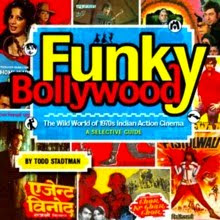
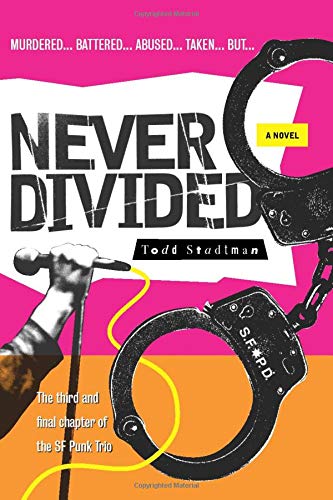
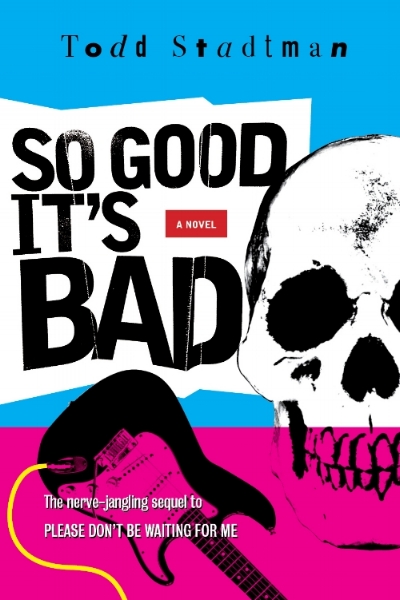
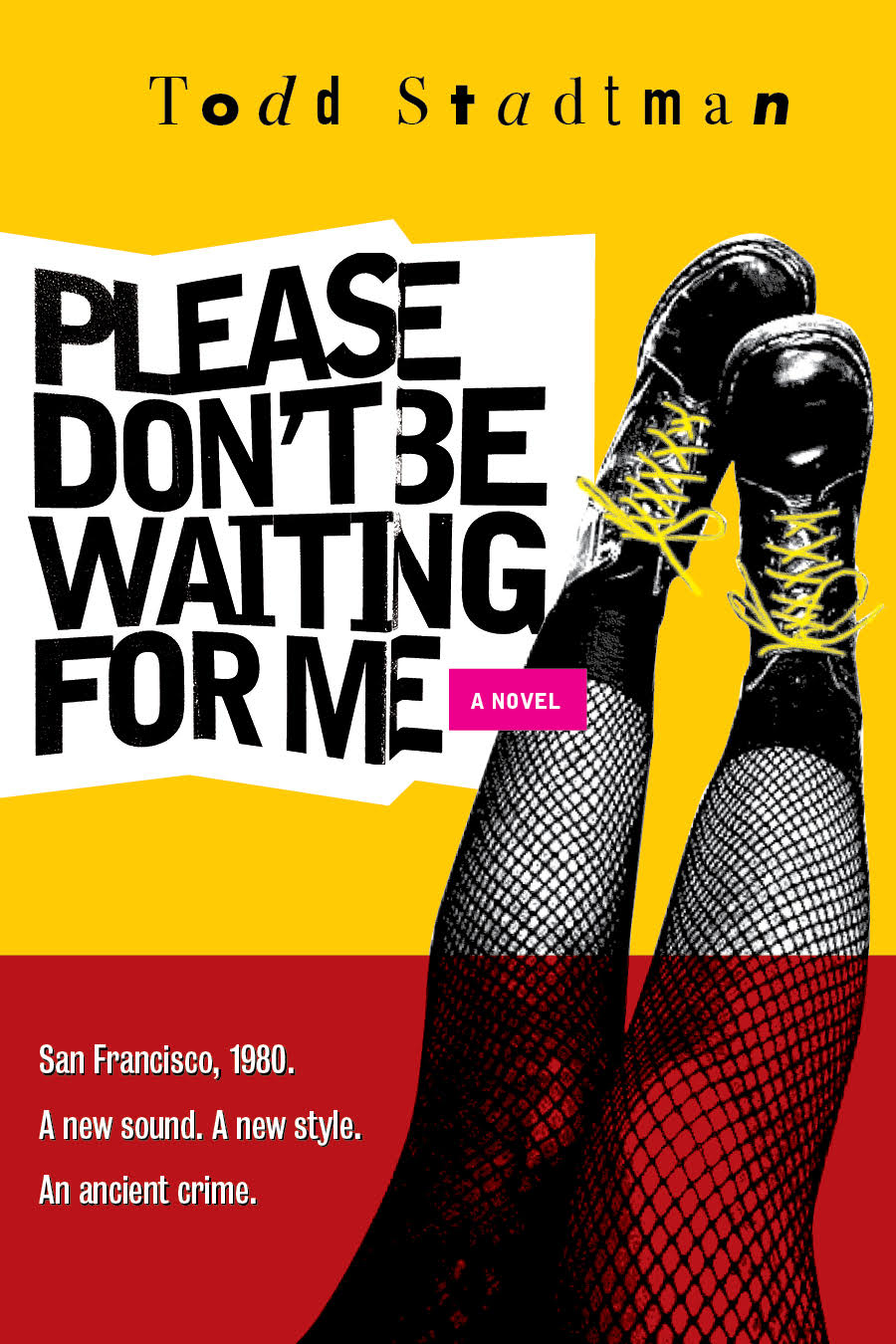


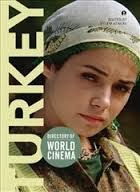
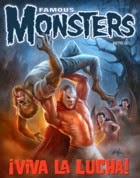







































2 comments:
Have I already said here that Barry Prima is hot? Because I haven't changed my mind, if so.
You have. But it deserves repeating.
Post a Comment